In the crisp, windswept coasts of Scandinavia, a culinary revolution is quietly unfolding—one that harmonizes the ancient rhythms of the sea with the urgency of modern environmental stewardship. Nordic New Cuisine, celebrated for its minimalist elegance and deep-rooted connection to nature, has emerged as a global beacon for sustainable gastronomy.
At its core lies a profound respect for marine ecosystems, transforming seafood from a mere ingredient into a narrative of ecological responsibility. As overfishing and climate change threaten ocean biodiversity, Nordic chefs and fisheries are pioneering methods to preserve marine life while redefining luxury on the plate. This article explores how sustainable seafood practices are shaping the ethos of Nordic cuisine, offering inspiration for a future where taste and sustainability coexist.
The Nordic Philosophy: Nature as a Guide
Nordic cuisine has always been a reflection of its environment—a dialogue between land, sea, and season. Long before "sustainability" became a buzzword, Nordic communities thrived on principles of resourcefulness, using every part of their catch and honoring the cyclical abundance of the ocean. Today, this philosophy is amplified by scientific innovation and a collective urgency to protect marine ecosystems.
Chefs like René Redzepi of Noma and Magnus Nilsson of the now-closed Fäviken Magasinet have become ambassadors of this movement, proving that restraint and creativity can elevate humble, underutilized species into Michelin-starred masterpieces. By prioritizing local, lesser-known fish such as garfish, wolffish, or mussels, they challenge the global obsession with tuna, salmon, and cod—species pushed to the brink by industrial fishing.
The Nordic approach extends beyond the kitchen. In Norway and Iceland, strict quotas and traceability systems ensure that fisheries operate within ecological limits. Meanwhile, Denmark’s "Blue Label" certification guarantees that seafood is sourced responsibly, empowering consumers to make ethical choices. This synergy between tradition and regulation creates a blueprint for balancing human appetites with planetary health.
Innovation Beneath the Surface
What distinguishes Nordic sustainable seafood is its willingness to embrace innovation without losing sight of heritage. In Sweden’s icy waters, seaweed—a resource once overlooked—is now harvested for its umami richness and carbon-sequestering properties. Restaurants like Äng in Stockholm craft dishes where dulse seaweed mimics the smokiness of bacon, while kelp forms the base of broths that rival traditional dashi. Similarly, Arctic char, a cold-water fish with a lower environmental footprint than farmed salmon, has become a staple in Nordic kitchens, its delicate flavor enhanced by foraging ingredients like spruce shoots or fermented gooseberries.
Technology, too, plays a role. Closed-containment aquaculture systems in Norway minimize pollution and disease, producing seafood without compromising wild populations. Meanwhile, startups like Denmark’s Koralo are developing plant-based alternatives to tuna using fermented seaweed, catering to the growing demand for ocean-friendly proteins. These innovations are not just about survival; they reimagine seafood as a canvas for storytelling, where every bite carries the weight of ecological mindfulness.
Collaboration Over Competition
Sustainability in the Nordic food scene is a collective endeavor. Fishermen, chefs, scientists, and policymakers work in tandem, recognizing that the health of the ocean is inseparable from the future of their cuisine. Initiatives like Iceland’s "Responsible Fisheries" program foster transparency, allowing consumers to trace their cod back to the boat that caught it. In Copenhagen, the organization "Sea for Society" hosts pop-up dinners where diners engage with marine biologists, deepening their understanding of the challenges facing oceanic ecosystems.
This spirit of collaboration also transcends borders. The Nordic Council of Ministers funds cross-national projects to combat illegal fishing and restore Baltic Sea habitats. Such efforts highlight a regional identity rooted in shared responsibility—a stark contrast to the exploitative practices dominating global fisheries.
Educating the Palate, Preserving the Planet
For Nordic chefs, sustainability is as much about education as it is about flavor. Menus often double as manifestos, with dishes annotated by the origins of ingredients and the methods used to procure them. At Oslo’s Maaemo, diners savor langoustines from Norway’s Lofoten Islands alongside explanations of how trap fishing prevents seabed damage. In Helsinki, Restaurant Palace pairs Baltic herring—a fish once deemed "poor man’s food"—with narratives of its resurgence due to sustainable management.
This pedagogical approach extends to the public sphere. Cooking shows, food festivals, and school programs demystify sustainable seafood, teaching younger generations to appreciate species like mackerel or herring over endangered alternatives. By reshaping cultural perceptions, Nordic cuisine ensures that conservation becomes a communal value, not a passing trend.
A Global Ripple Effect
The Nordic model has ignited a global conversation. From Tokyo to San Francisco, chefs are adopting its principles, showcasing invasive species like lionfish or promoting "bycatch" (non-target fish accidentally caught in nets) as gourmet ingredients. The Marine Stewardship Council (MSC) and Aquaculture Stewardship Council (ASC) certifications, inspired partly by Nordic initiatives, now guide consumers worldwide. Even fast-food chains in Europe have begun sourcing certified Alaska pollock for fish burgers, proving that sustainability can scale beyond fine dining.
Yet challenges persist. Climate-driven ocean warming threatens fish migration patterns, while plastic pollution and acidification loom large. The Nordic response? Double down on innovation. Projects like Norway’s "Ocean Forest" explore farming shellfish and seaweed alongside salmon to create self-cleaning ecosystems. Such ventures underscore a truth the Nordics have long understood: the future of food depends on our ability to think like an ecosystem, not just a species.
Nordic New Cuisine is more than a trend; it’s a testament to humanity’s capacity for reinvention. By marrying ancestral wisdom with cutting-edge science, the region has crafted a culinary ethos that nourishes both body and planet. Its lessons are universal: sustainability thrives on collaboration, creativity, and a profound respect for nature’s limits. As the world grapples with dwindling marine resources, the Nordic approach offers a compass—one that points toward a future where every meal is a gesture of gratitude to the sea. In the words of Danish chef Rasmus Kofoed, "Luxury is not about excess; it’s about integrity." And in that integrity lies the true flavor of sustainability.
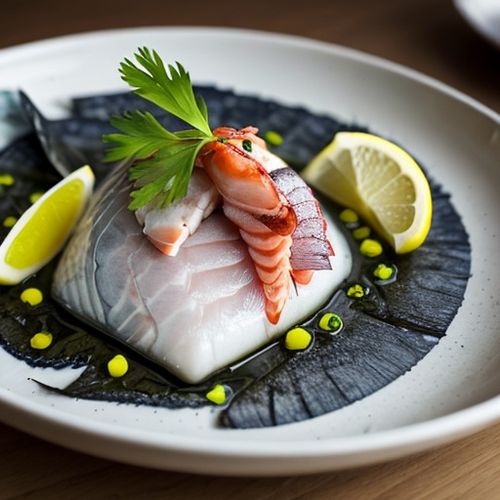
By James Moore/Mar 29, 2025

By Noah Bell/Mar 29, 2025
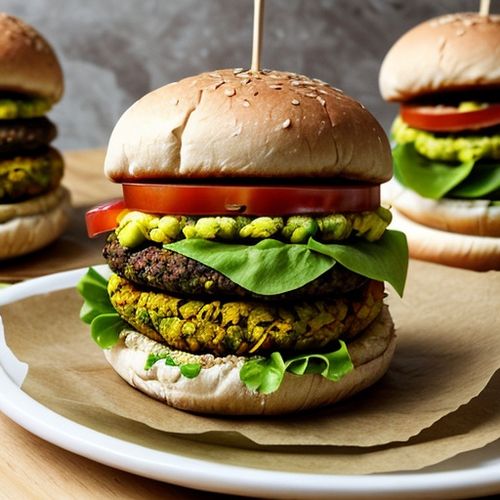
By Ryan Martin/Mar 29, 2025
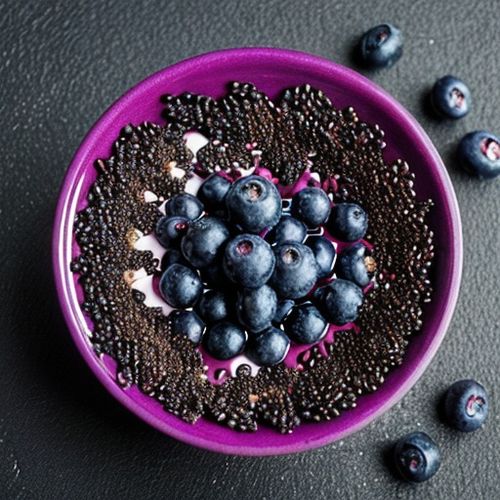
By Sarah Davis/Mar 29, 2025
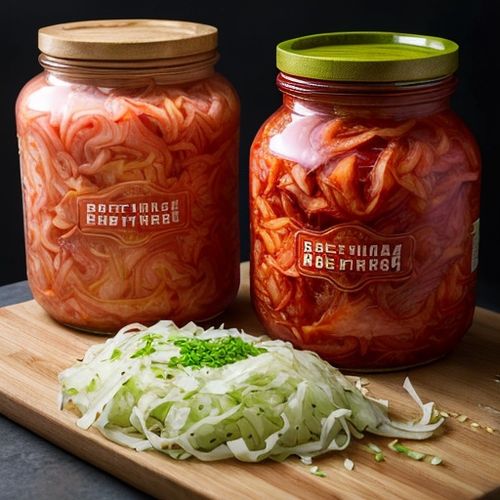
By William Miller/Mar 29, 2025

By Lily Simpson/Mar 29, 2025
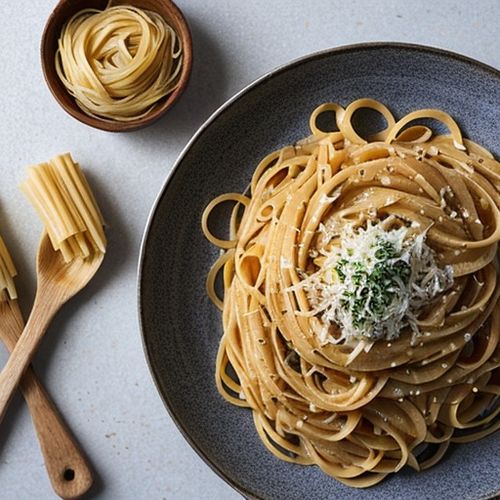
By William Miller/Mar 29, 2025
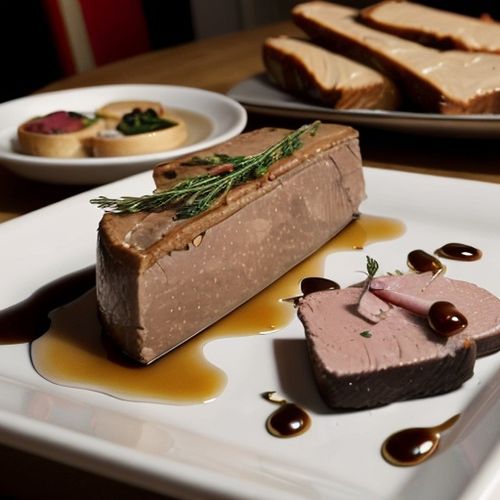
By Rebecca Stewart/Mar 29, 2025
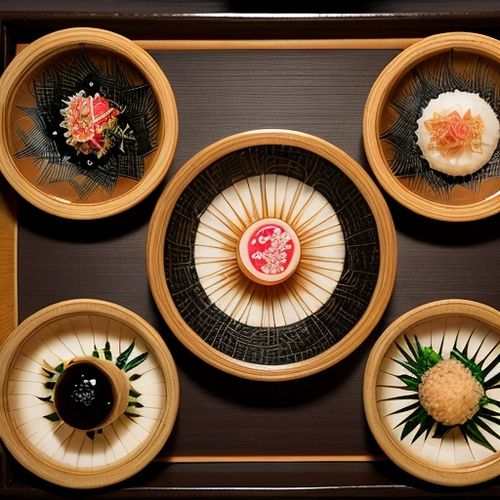
By Joshua Howard/Mar 29, 2025
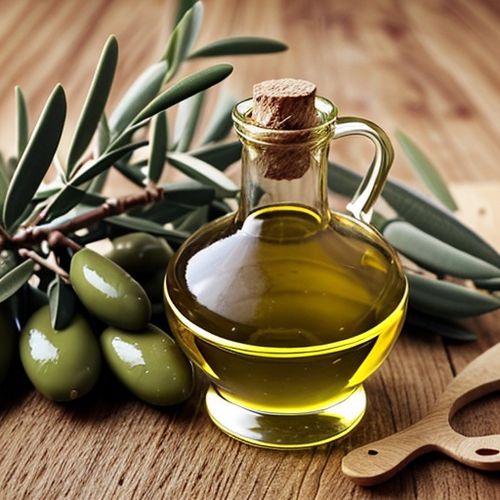
By Emily Johnson/Mar 29, 2025

By David Anderson/Mar 29, 2025
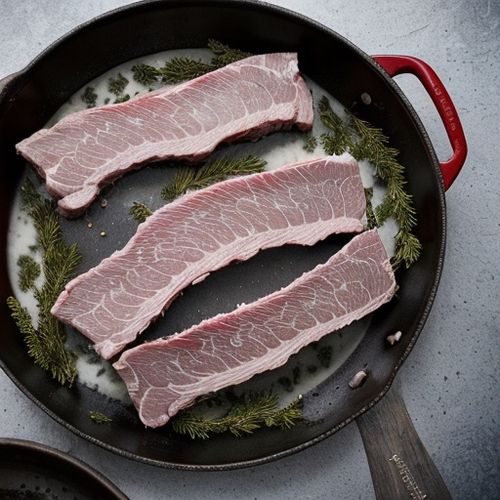
By Thomas Roberts/Mar 29, 2025

By Jessica Lee/Mar 29, 2025

By Amanda Phillips/Mar 29, 2025
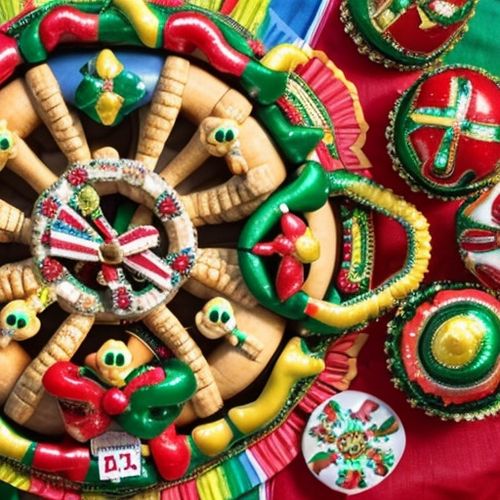
By Sophia Lewis/Mar 29, 2025
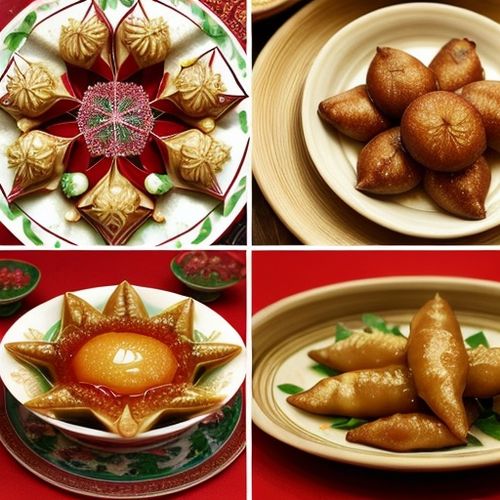
By Laura Wilson/Mar 29, 2025

By Emma Thompson/Mar 29, 2025

By Samuel Cooper/Mar 29, 2025
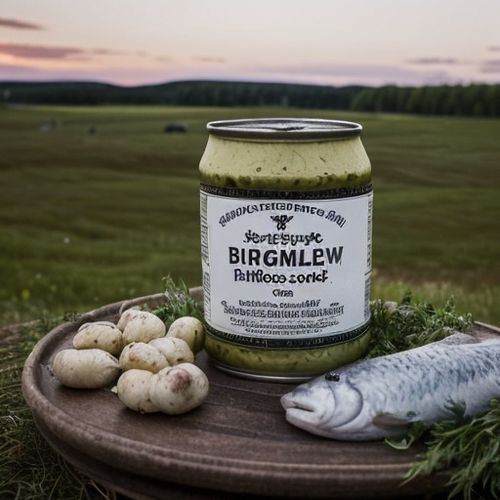
By Olivia Reed/Mar 29, 2025
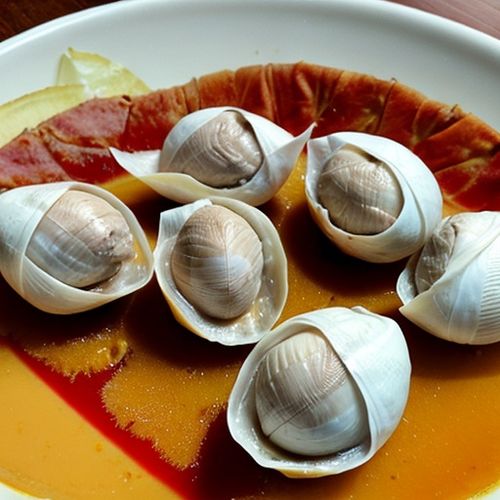
By Noah Bell/Mar 29, 2025